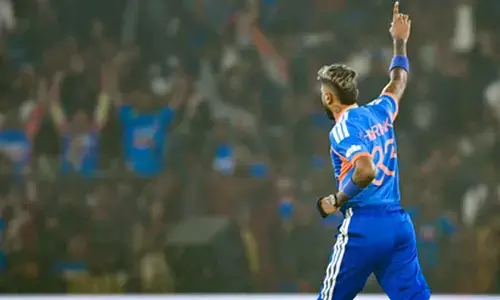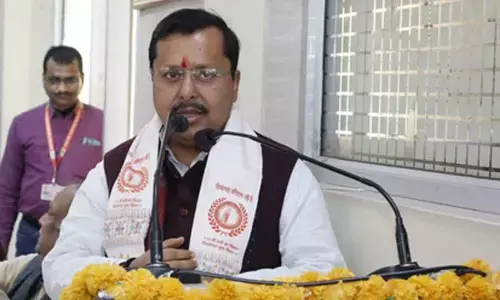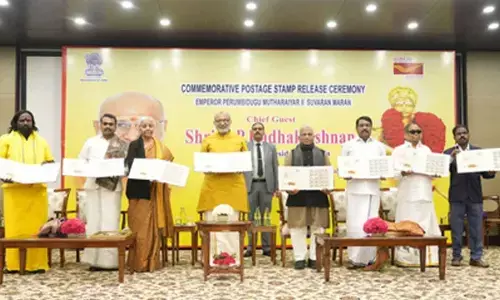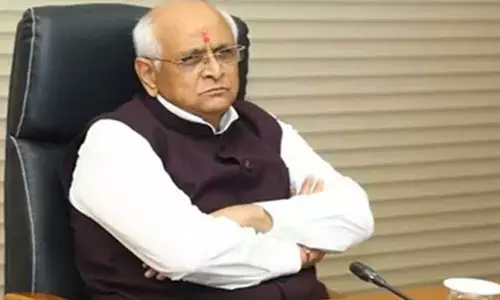Mumbai's SlumGods Vs Poverty, Corruption and Crime
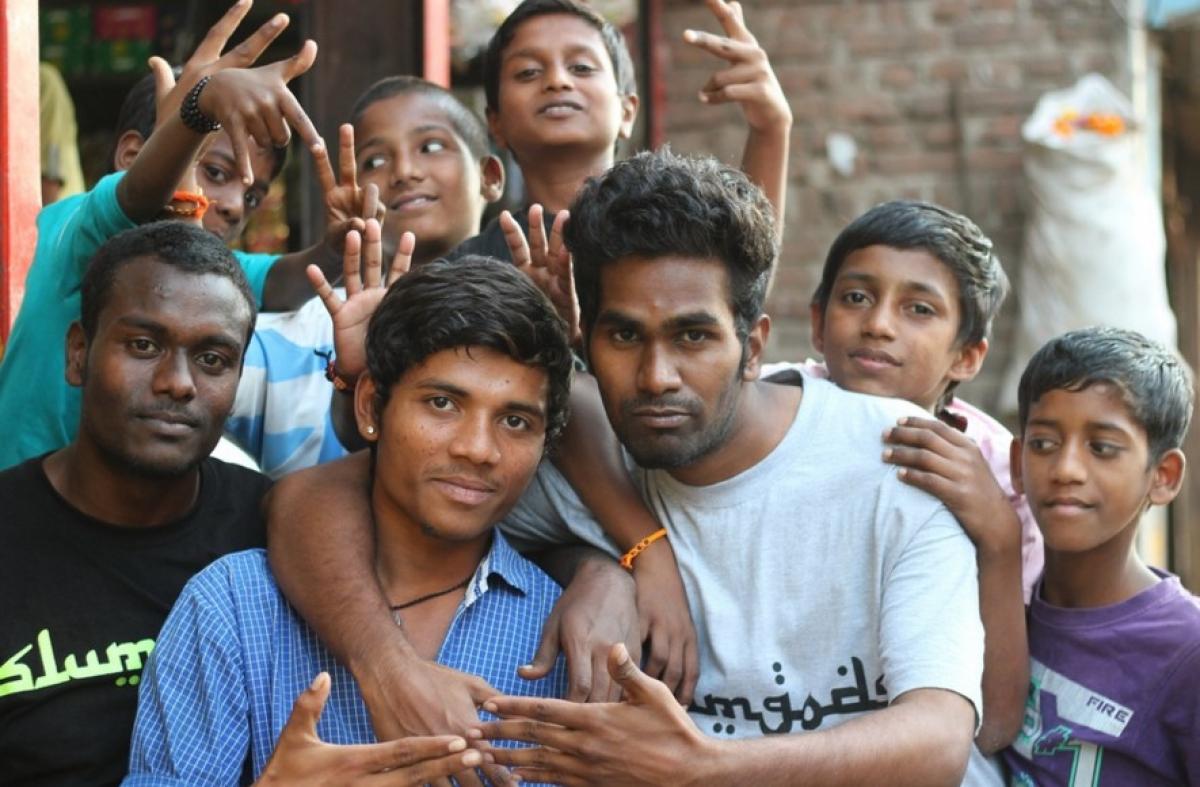
In the chaotic, cramped streets of the Kurla West slums in Mumbai, the familiar sounds of Bollywood music spill out of endless windows, tea stands and passing phones. It is the soundtrack to everyday life in India’s biggest city – yet the songs, which speak of a life of glamour and wealth, reflect little of the world into which they are played.
In the chaotic, cramped streets of the Kurla West slums in Mumbai, the familiar sounds of Bollywood music spill out of endless windows, tea stands and passing phones. It is the soundtrack to everyday life in India’s biggest city – yet the songs, which speak of a life of glamour and wealth, reflect little of the world into which they are played.
But, beneath the surface of the city, a new sound has begun to emerge, one which refuses to airbrush poverty, illiteracy and police brutality. Driven by a similar sense of disenfranchisement that characterised the development of hip-hop in 1970s New York, a new generation of musicians is creating India’s own homegrown rap scene – labelled by some as “gully rap”, slang for gutter or from the streets.
At the forefront of the movement is rapper Naved Shaikh, 24, known better as Naezy. Raised in Khatarnak in the Mumbai suburbs, an area notorious for gang and drug-related violence, he spent his teenage years caught up in petty crime and was twice arrested by police, at 14 and 18.
The tracks have struck a chord with the millions of young people in India not used to hearing their voices reflected in popular culture. His first song, Aafat, which paints a vibrant picture of the neighbourhood he grew up in, went viral on YouTube and thousands turned up to his first live show at the Mumbai venue Blue Frog.
“This story of real life in India – of corruption and poverty and crime – is never told in popular Indian music,” he said.
“The popular rappers in Bollywood just talk about girls and booze and parties, they are only talking about glamour and trying to sell a fake dream. I wanted to make music that spoke about fighting, and the murders and the violence that were a part of my life growing up – and is the same for millions of others living in ghettoes across India.”
“In India right now the rich are getting richer and the poor are getting poorer, and that’s because people like me, people from my neighbourhood, don’t have any real opportunities,” added Shaikh.
Such is the case for Vivian Fernandez, 25, who raps as MC Divine. He grew up in the slums behind Mumbai airport, living alone as his father, an alcoholic, had left and his mother worked abroad. It was thanks to a friend with a CD player that he first heard American hip-hop and one day in 2013, sitting out on the steps of his neighbourhood, Fernandez performed a rap he had written in Hindi street slang.
Inspired, his friends clubbed together to raise money so Fernandez could record the song, Yeh Mera Bombay, in a local studio. And he filmed his first music video using a mobile phone in the streets outside his house. Once uploaded on to YouTube, the song went viral.
“I wanted to show what real life was like for people like me; no guns, no cars, just a simple struggle every day. We all want to speak, up but we never get the chance – everyone starts working so young and we have no money so no voice.”
In the past, Divine’s songs have addressed corruption and even the brutal gang rape of a student in Delhi in 2012. “Because it’s in Hindi slang everyone understands my lyrics – when I go into the barber shop, they are all singing my songs,” the rapper added.
Fernandez, who has been named by BBC Asian network as one of the top artists to watch in 2016, said this new hip-hop movement was taking off across India, with rappers writing in regional languages such as Gujarati, Murathi and Bengali.









